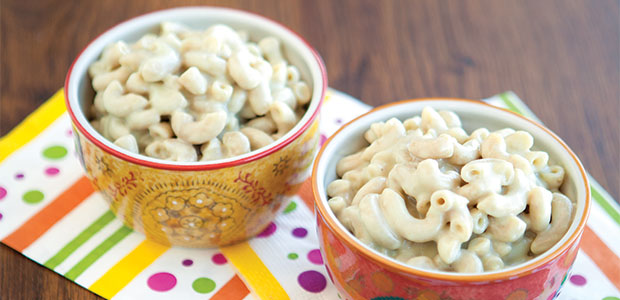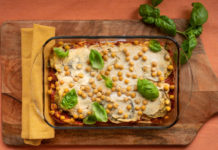
Lunchtime doesn\’t have to be boring. Use leftovers to make a healthy lunch your kids will love.
The verdict is in: leftovers are the number one choice when it comes to convenience for kids’ lunches, but kids don’t always agree.
“Most parents don’t want to spend a lot of time packing lunches,” says Lauren Jane Heller, a Montreal mom. “That’s why leftovers are great.” They’re even easier to prepare than a sandwich made the night before. Her daughter, April, however, doesn’t always appreciate the convenience factor.
Heller had trouble convincing April that lunches of cold leftover rice and chicken or beans were worth eating. “A lot of kids won’t eat foods—no matter how tasty they are—that look weird or different from what their friends are eating,” she admits. Luckily, April devours the fresh and dried fruits, raw vegetables, and nuts her mom also packs.
Food safety
Another issue is food safety. Parents should heat soups, chili, or other leftovers in the morning and pack them in a Thermos or well-insulated container. Sandwiches containing meat or dairy shouldn’t sit at room temperature for more than two hours—they need an icepack, frozen juice box, or frozen water bottle to keep them cool.
And while most plastic lunch containers currently on the market don’t contain bisphenol-A (BPA) or phthalates, check to make sure. They still need to be transported in an insulated lunchbox. Fortunately, these now come in all shapes and sizes including leak-proof, reusable, and doodle-able paper bags.
“The trick is to make lunches simple and appealing,” says Heller. The tips and recipes here aim to do just that. Make Surprise Sticky Rice Sandwiches at the beginning of the week and grab different flavours each day. Turn hot macaroni for dinner into cold pasta salad for lunch. And save time by using the sunflower butter as a sandwich spread, a dip for vegetables, and for falafels.
Recipes
- Better-than-Boxed Cheesy Macaroni with Cauliflower
- Surprise Sticky Rice Sandwiches
- Falafels with Tahini, Yogurt Sauce, and Sweet Pickled Beets
- Healthy Pizza Rolls with Marinara Dipping Sauce
- Sunflower Butter Sandwich with Honey-Roasted Sweet Potato
Recess snacks
Seasonal produce
Take advantage of early fall fruit and vegetables while they last: sliced cucumbers are a tastier snack in September than January. And as apples and pears hit their prime in fall, let kids pick their favourite types. Why stick to Red Delicious when your child might enjoy discovering one of the more than 7,000 varieties grown in North America? Check out the varieties sold at local farmers’ markets.
How do you like them apples?
Raw, dehydrated apple chips from your local natural foods store (make sure there’s no added sugar) make a welcome change from a daily apple. Or make your own apple or pear chips easily with a dehydrator.
For homemade oven-dried chips, slice fruit into uniformly thin strips and place on a metal rack on top of a baking sheet. Sprinkle with lemon juice and cinnamon and place in oven at the lowest possible temperature and with the door slightly ajar for two hours, or until crispy. You can also bake slices on parchment paper, turning halfway to dry evenly. More than a sweet spice, cinnamon helps fend off blood glucose spikes that come even from natural sugars.
Vegetable chips
Sweet potato, zucchini, and kale chips made the same way have significantly less salt and oil than their baked commercial counterparts. While kale and zucchini can be dehydrated like apples, sweet potato chips should be cooked.
Slice sweet potatoes using a mandoline or knife, toss with 1 tsp (5 mL) extra-virgin olive oil and 1/4 tsp (1 mL) salt, and bake on a metal rack placed on a baking sheet in a 375 F (190 C) oven for 15 to 20 minutes, or until crispy.
Or slow bake them at 300 F (150 C) for 1 1/2 hours. Let cool for three minutes before eating to crisp them further, and cool completely before storing in a bag or container or the chips will re-soften.





